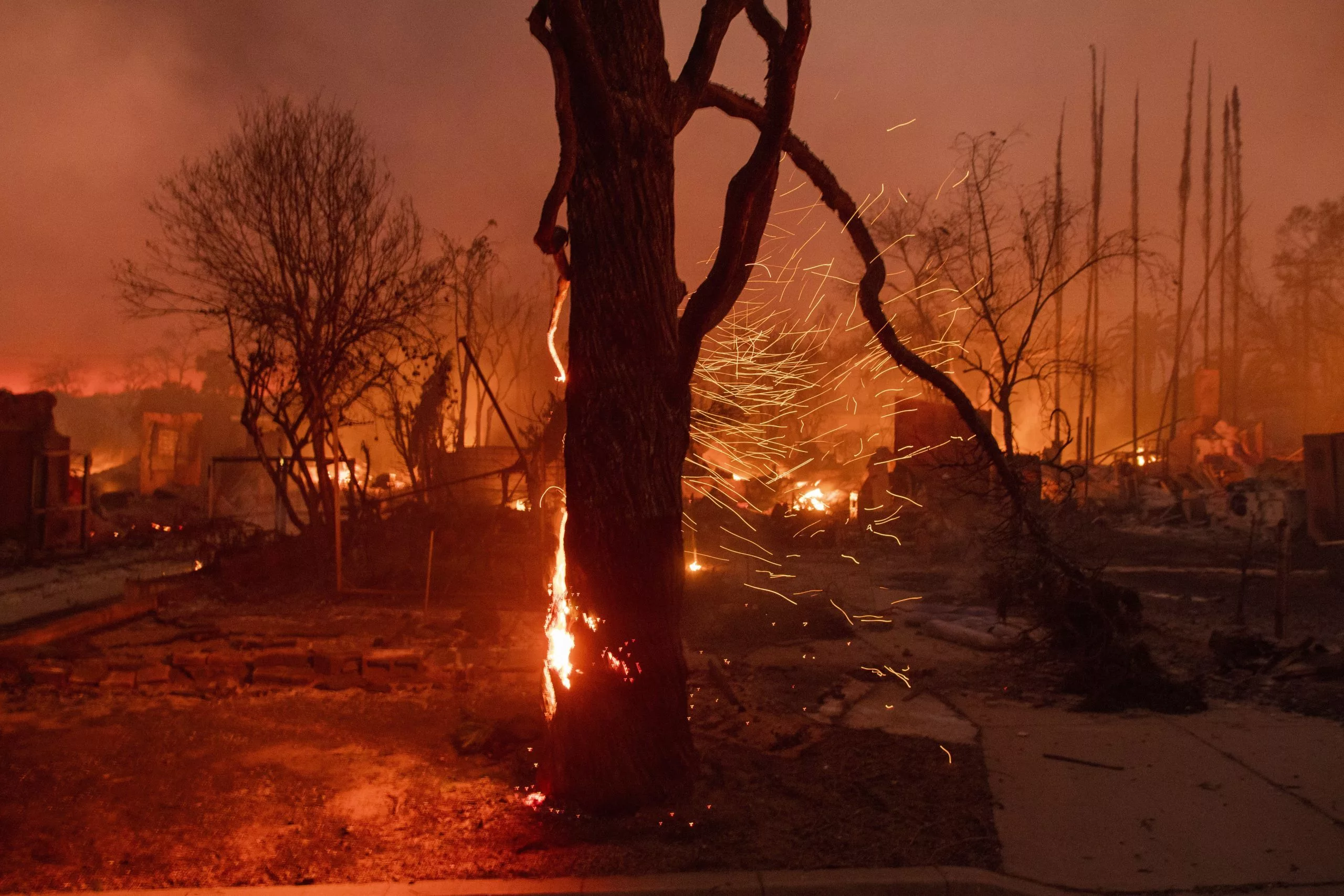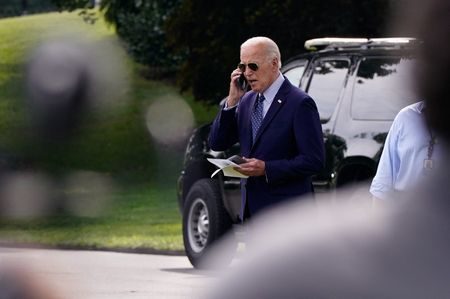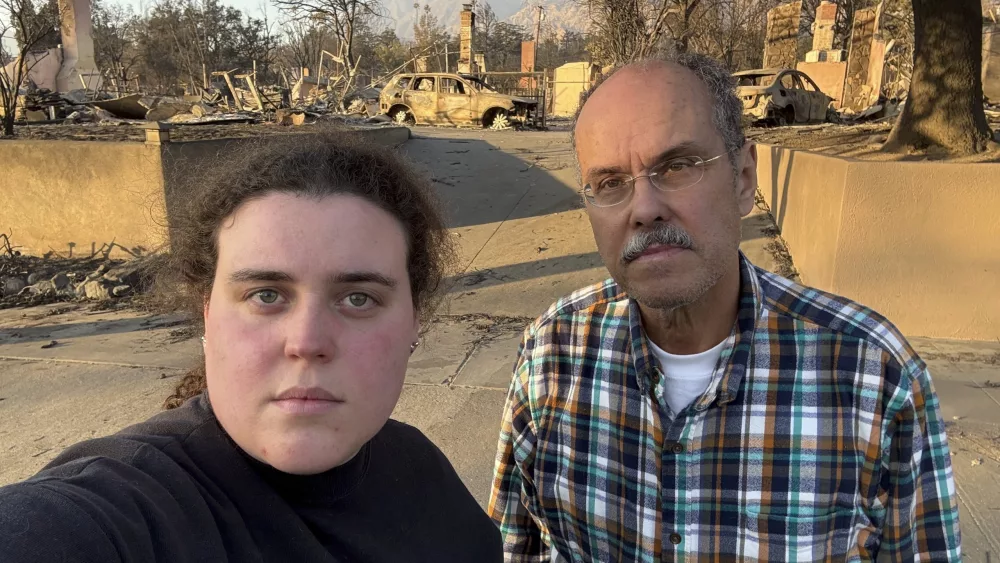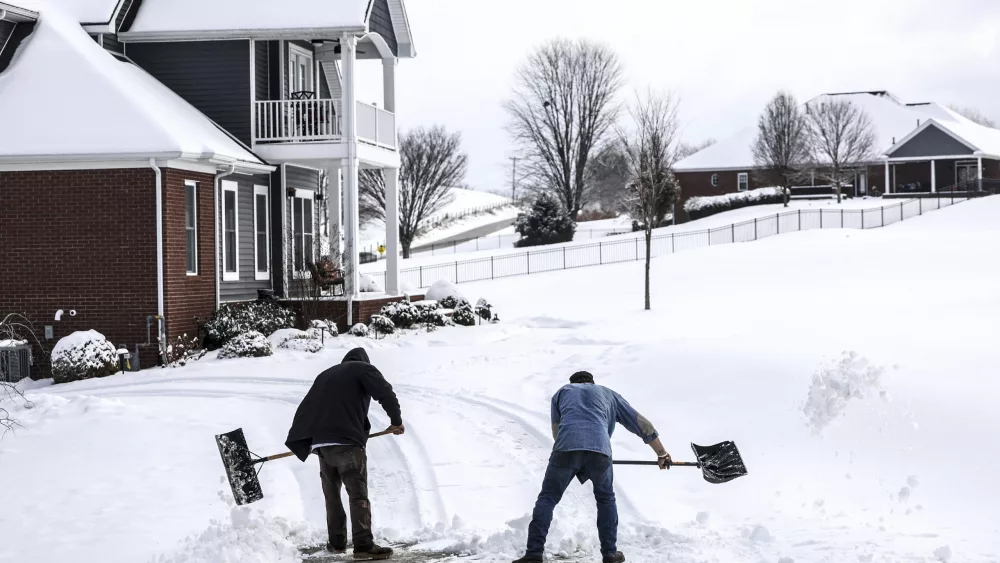LOS ANGELES (AP) — People across Los Angeles have worked for years to increase the number of trees that shade the pavement, provide a respite for people and even clean some air pollution. They’ve confronted increasing drought, bad tree-trimming and objections from some neighbors who resent the leaves and sap. Now they wonder what January’s fires have done to their efforts.
Bryan Vejar, associate director of community forestry for TreePeople, an environmental nonprofit that works to expand tree equity across Los Angeles, said city arborists have shown him “sobering” photographs of large trees knocked onto homes and parkways from the same powerful winds that sent fires out of control. Other images show scorched tree canopies.
The Santa Ana winds damaged trees in TreePeople’s primary focus areas of South Los Angeles, Watts and Inglewood, historically underserved neighborhoods with less shade.
The air is still so bad that field crews cannot yet go out and work safely. When they do, he said, they expect to to find young trees snapped, broken or dried out.
New trees are vulnerable, and volunteers often have to go out and water them for the first few years.
“Events like this can greatly increase our mortality rates,” Vejar said.
Past fires and extreme winds have torn off many limbs and taken down trees, especially ones planted in narrow strips of land where there isn’t room for much soil, Vejar said.
When it’s safe to conduct field assessments, urban tree experts will go out to inspect, re-stake and retie trees toppled by winds, and remove and replace those that were lost.
Replanting trees in burned neighborhoods is harder now because of climate change, said Will Berleson, a professor at USC’s Department of Earth Sciences and researcher with the university’s Urban Trees Initiative. Even though many of the city’s mature trees might only be 30 or 40 years old, they “started growing at times when it was not as hot and didn’t have these kinds of wet and dry fluctuations that we seem to be seeing now,” he said.
Some experts see tree losses as an opportunity to continue teaching Los Angeles residents about the place they live and what plants are the best fit, not necessarily the iconic ones of Hollywood movies. They would like to replace nonnative species like palms — which are more closely related to grasses — with trees that provide shade and can withstand extreme heat and drought.
Aaron Thomas, director of urban forestry at the environmental nonprofit North East Trees, said trees such as the coast live oak are a good option. They are native to the region and are fire resilient — in fact, they need to burn to reproduce, he said.
Thomas, who grew up in Altadena, has family members who lost homes to the Eaton Fire. His brother’s home burned, but the five coast live oaks in his backyard survived.
For him it’s another reminder that cities need to think about how we rebuild in general and how we reforest communities with native flora: “That’s what we need to do.”
But planting trees with climate-resilient features such as large canopies isn’t always easy, and cities must consider community input when deciding what to plant. Trees that provide a lot of shade can make it difficult for drivers to see around corners, for instance. Where space is at a premium, sometimes there’s just not enough room above or below ground to plant them.
Berleson added that it will take a long time for neighborhoods to look like what they did before the fires.
Trees provide myriad benefits. They clean the air and improve mental health. They capture stormwater runoff and replenish groundwater. And during heat waves that are getting hotter and deadlier, shade trees cool the air and urban surfaces.
Vejar said his group knows there will be setbacks, but that is the reality we’re living in.
“It’s climate change. It’s water restrictions. It’s extreme weather events,” he said. “And so in the face of this, all we can do is continue to build and rebuild and steward our urban forests in such a way that makes it more resilient in the face of these extreme weather events.”
———
The Associated Press receives support from the Walton Family Foundation for coverage of water and environmental policy. The AP is solely responsible for all content. For all of AP’s environmental coverage, visit https://apnews.com/hub/climate-and-environment.
Brought to you by www.srnnews.com








